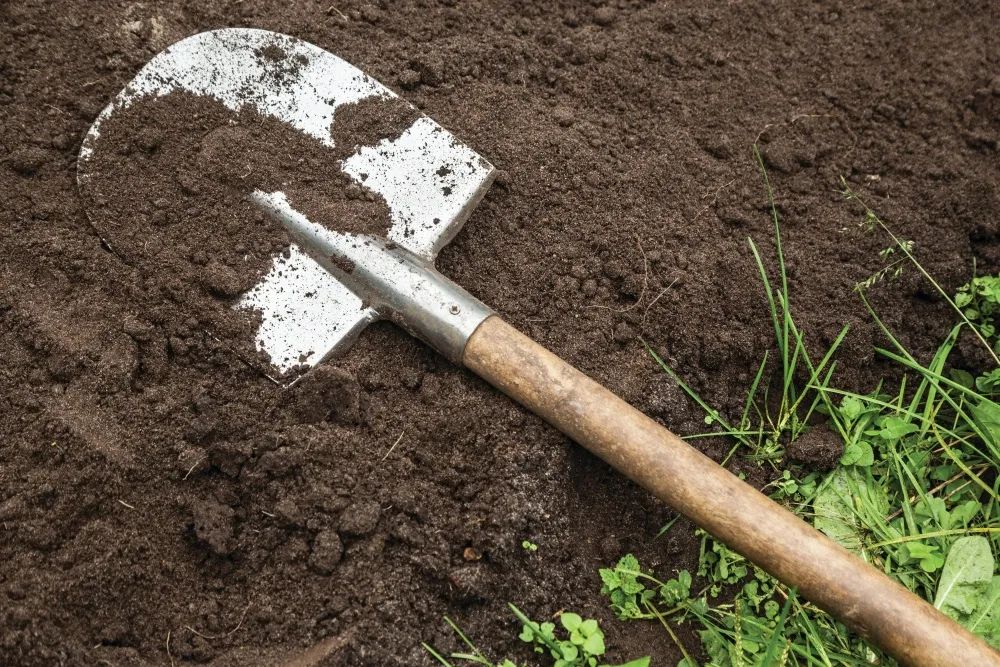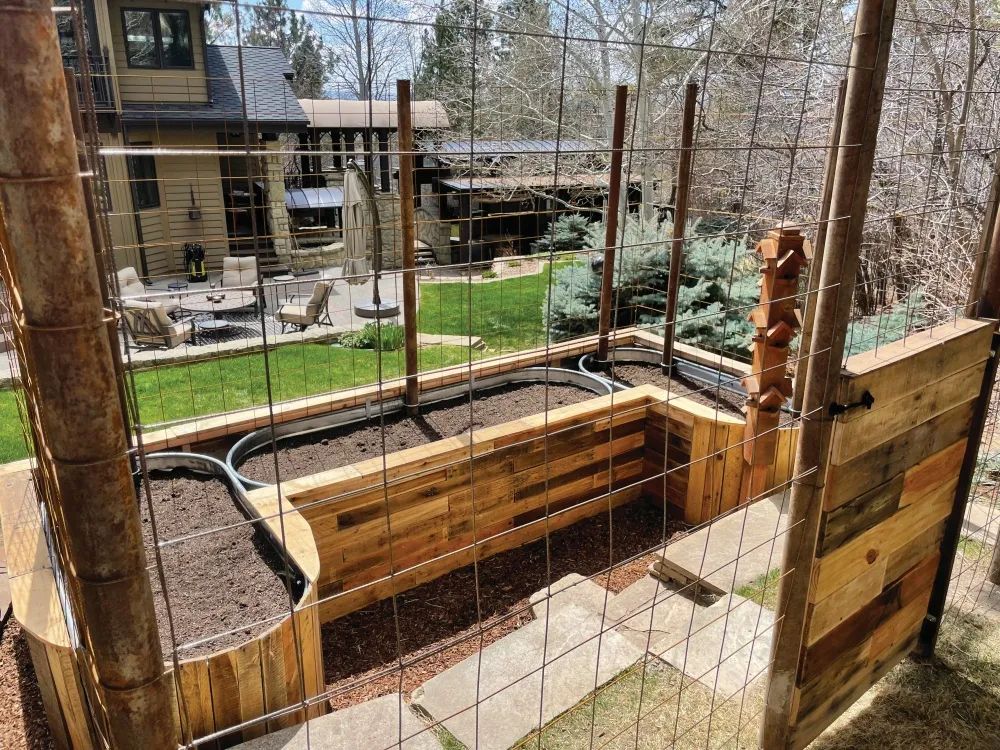
Gardening 101: Grow a Garden That’s Suited for You
March 2024
by anna rogers
Nothing ever seems impossible in spring, you know.L.M. Montgomery
Aren’t we all inspired by the newness spring brings? So much hope, so many possibilities – maybe this is the year you finally plant that dream garden. Nothing stands in your way except the slightest problem of knowing how to garden, what to plant, and when to start.
Fear not, and take heart! This article will give you the boost of confidence you need to start from the ground up on growing your first edibles at home.
Plot Planning
Before you start putting seeds into the soil, check your vision with reality and ask yourself some hard questions:
- How much space do you have with full sun?
- How will you water this space?
- Will your summer plans take you away from your space often?
- Are you willing to bend over and weed?
These questions will help frame your plans for a garden plot. When it comes to gardening, the best plan of action is to start small, learn from mistakes, master that space, and then expand. “Go big or go home” is a phrase best left out of first-year garden plans. Patios, small in-ground beds, or a single raised bed are excellent starting points requiring less input and resources.
“We have found the most success for clients when we compartmentalize a space for them that allows them a manageable area to focus on,” says Jon Switzer of Roots Garden Center. “If you make that space fun (like a containerized raised garden box that has some aesthetic components that tie in and complement the existing architecture of the space), it ends up making people feel like the project is manageable. Elevating the garden above ground lends itself to less bending over and compartmentalizes weed germination.”
Once you decide on the place and setup of the best starter garden to suit you and your space, it’s time to create a habitat for the plants to thrive. You already chose a space with full sun (you really do need full sun in Montana to take advantage of long days with such a short season). Now you need to gather the other ingredients for success: your containers of choice (or the materials to build them), healthy, well-draining, nutrient-rich soil, and any mechanisms or tools for watering. Good soil, topped with a nice layer of mulch (wood chips, leaves, etc.), will create a happy environment for roots, hold and utilize water better, and nourish your plants, so don’t undervalue your soil!
Start with this before you decide what to plant. Visually seeing the space will help shape your vision and create a realistic idea of what you can fit and grow.
Proper Planting

photos courtesy of Switzer Landscaping
Now it’s time to decide what to plant, which will greatly inform when to plant it. I always suggest growing the things that you like to eat best that are suited for our climate. If you don’t love zucchini, don’t set yourself up to be drowning in it come July. If you love to have leafy greens with your meals, be sure to succession plant these so that you have some to gather over many months without an overabundance at any one time.
Consider your space, your tastebuds, and the aesthetics and growing habits of the plants. Here are some easy categories to help you pick and choose the proper plantings for your new garden:
Cool-season versus Warm-season
Many delicious vegetables can be started from seed or transplanted before the last frost. This includes leafy greens like lettuce, kale, and spinach; roots like carrot, radish, beet, and turnip; herbs like thyme, mint, cilantro, and dill; and easy alliums like green onions and leeks. If you don’t have a good soil depth in your growing space, skip the larger roots like carrots and try radish or turnip instead. Pick a mix of cool-season vegetables to start the season, and then ease into warm-season vegetables after danger of the last frost. These include fan favorites like tomatoes, peppers, cucumber, winter squash and melons, beans, and more!
Seeds versus Transplants
Seeds are more inexpensive but take longer from planting to harvest. Some crops are well-suited to grow from seed, even for beginners! Lettuce, green onion, radish, bush beans, and many herbs take little time from seed to maturity and don’t need much babying. Plants whose fruits take longer to mature – like pumpkins, peppers, or tomatoes – are easier to grow from transplants bought at a local garden store.
Green and Colorful
“Contrast is your friend,” Switzer says. “It's fun to have certain variations throughout. If you do something green, do something purple next to it!” Add easy pops of color to your garden with colorful greens (red lettuce, purple kale), yellow and purple bush beans, bright pink rhubarb, or pollinator-friendly flowers like marigolds, coneflowers, and sunflowers.
Below-ground and Above-ground (and different growing habits)
Think about the growing habits of the plants you choose and how you can bring them together to maximize your space and support one another. “If you have something that has deep roots (like a carrot), do something with shallower roots next to it,” Switzer advises. Allow wandering vines space around plants with a taller, more upright habit. Fill in gaps using small plants with small roots, like lettuce.
Annual and Perennial
Show your future self some love by adding perennials to your garden that will return year after year. In Billings, this includes plants like rhubarb, sage, bee balm (the flowers are edible), raspberry, strawberry, and many other flowering plants like coneflower, sunflower, snapdragon, and columbine.
Discuss your plans with a local garden center and lean on their expertise, but as Jon likes to say: “Expect failure and take it as the ‘price of tuition.’”
In gardening, failure is an opportunity to learn, and every season brings new and different challenges. Gardening in Montana requires hutzpah. There will be bugs, drought, hail, frost, deer, and other opposing forces, but despite all of this, you get to witness your plants pushing through and producing delicious, beautiful produce. Even on a small scale, success tastes oh so sweet!
A Few of Jon Switzer’s Favorite Things
“Oh geez... there's a lot! Cilantro, mint, and lemon balm all have wonderful aromas. I also love strawberries, cherry tomatoes, hot peppers, yellow watermelon, and, of course, cantaloupe. Get something that inspires and excites you that you will go out and check on regularly; it's fun to watch it all grow!”
Originally printed in the March 2024 issue of Simply Local Magazine
Never miss an issue, check out SLM's digital editions here!





